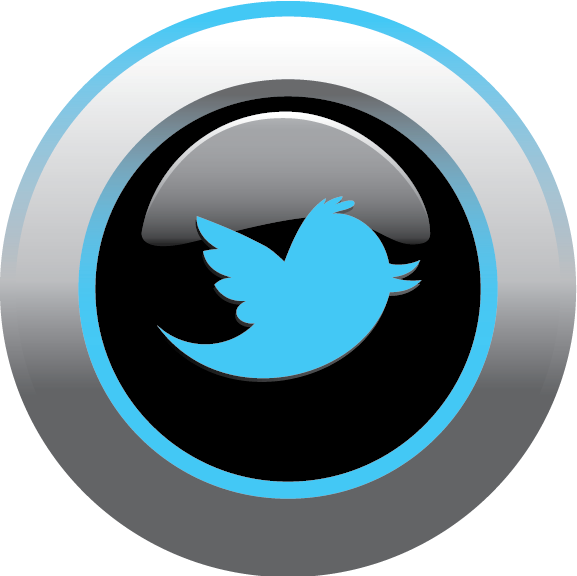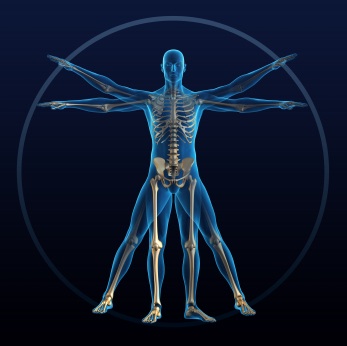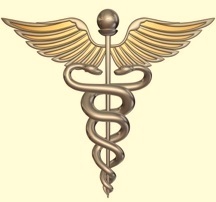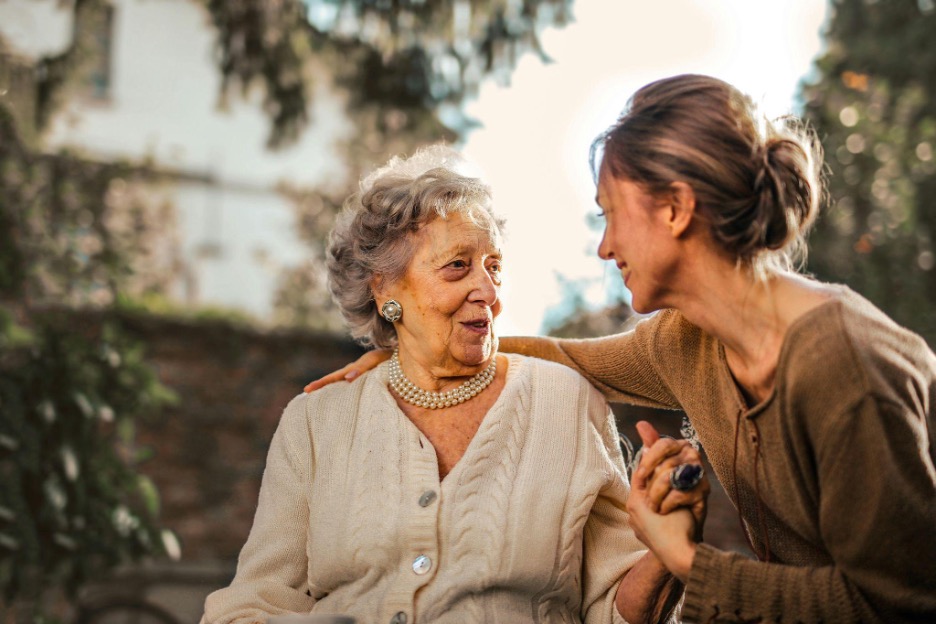A Guide for Physicians
and Other Healthcare Providers
Spotters and Stethoscopes: The Future of Whole-Person
Health
By Suzanne Tanner
The gap between gyms and doctor’s offices is shrinking. Where once wellness and medicine operated in separate silos—squat racks over here, stethoscopes over there—now they’re overlapping in ways that feel urgent and overdue. Personal trainers are chatting with nurse practitioners. Nutritionists are coordinating with physicians. Wellness coaches are building programs informed by lab data and diagnostic insights. This isn’t about trend-chasing or jargon-dressing old routines—it’s a response to something real. More people are dealing with chronic stress, preventable disease, and fragmented care. The walls are coming down, and a more human-centered, body-aware health system is stepping through.
Nutrition Integration in Medical Training
For decades, nutrition lived in the margins of medical education. A lecture here, a passing chart there—rarely enough to influence practice. That’s starting to change, thanks in part to louder calls from clinicians themselves. Schools are slowly embedding nutrition education in medical training, pushing beyond basic metabolism to include diet-related disease, lifestyle interventions, and practical food-as-medicine applications. This matters because it rewires expectations. When a doctor brings up protein intake or omega-3s with fluency and intention, it sends a message: what you eat isn’t a sidebar—it’s part of the prescription. And when that message is reinforced by a wellness coach or RD, it lands even harder.
Medical‑Fitness Center Collaboration
Across the country, hospitals and fitness centers are cohabiting—literally. It’s not just a gym in a hospital basement; it’s a shift in how clinical systems see prevention and physicality. Some of the most innovative models are building medical‑fitness centers under one roof, where a patient recovering from heart surgery might walk past someone working with a strength coach. This kind of integration doesn’t just offer convenience—it invites accountability, conversation, and mutual recognition. When care providers see what strength training looks like in action, and trainers understand post-op limitations from a medical lens, everyone moves smarter. It’s not about who owns the outcome; it’s about co-owning the process.
The Clinical-Wellness Connector: Nurse Practitioners
One of the most promising bridges between clinical care and wellness coaching is being built by nurse practitioners. They’re uniquely positioned to offer diagnostics and prescriptions, yes—but also lifestyle planning, behavioral guidance, and human-first dialogue. Increasingly, those interested in an online FNP degree are drawn not just by clinical authority, but by the chance to lead in whole-person care. These are professionals who can sit at the crossroads: interpreting lab results and suggesting strength work, reviewing medication lists and considering nutrient interactions. They’re fluent in both systems—and that’s the fluency the future demands.
Exercise Prescriptions in Clinical Workflow
Doctors prescribing exercise used to be a punchline—now it’s a tab in the EMR. With initiatives like Exercise Is Medicine gaining traction, more clinicians are prescribing physical activity during visits—with specificity, dosage, and measurable goals. This changes the texture of the patient-provider interaction. Instead of vague “get more active” advice, it’s “twenty minutes of brisk walking five times a week,” with accountability baked in. Trainers and wellness professionals become the extension of that plan, not a separate track. When a prescription meets a practitioner who can carry it forward, it doesn’t sit in a drawer—it turns into motion.
Collaborative Care and Whole‑Person Health
When a patient walks into a clinic carrying not just symptoms, but a life—stress, habits, fears, routines—what kind of care holds all that? Increasingly, systems are adopting team‑based whole‑person care models that bring behavioral health specialists, physical therapists, coaches, and primary care providers to the same table. This isn’t referral-based pass-off care. It’s true co-management. The wellness coach tracking sleep quality may be looped into med check-ins. The doctor adjusting a prescription might consult with the movement specialist tweaking a mobility protocol. It's integrated, not just adjacent—and for patients, it often means fewer gaps, faster pivots, and deeper trust.
Lifestyle Medicine Pillars
There’s a quiet but powerful framework threading through all this: lifestyle medicine. It’s built on a set of core behaviors—movement, nutrition, stress management, sleep, relationships, and avoiding risky substances. These lifestyle medicine pillars of prevention are increasingly recognized not just as add-ons but as core interventions. What makes this shift powerful is who delivers it: often, it’s not the doctor alone. It’s the coach who helps a client build a meal rhythm that sticks. It’s the group fitness leader who becomes a stress-relief anchor. It’s the network effect of small, consistent shifts—backed by evidence and lived experience.
Trainers and Functional Medicine
What happens when a personal trainer sees deeper than muscle mass and macros? Increasingly, they’re drawing from functional medicine frameworks—systems thinking, symptom patterns, root causes. Not to diagnose, but to partner. Coaches who understand gut health, hormonal fluctuation, and inflammatory load can help clients blend functional medicine with training in ways that feel seamless, not spooky. It’s not about promising cures; it’s about recognizing patterns and choosing better starting points. A deadlift plan that adjusts for cortisol swings. A conditioning circuit built around energy lulls, not just aesthetics. This isn’t fluff—it’s fluency.
The wellness–medicine divide is
dissolving. In its place, a new kind of care culture is emerging—less turf war,
more table-sharing. It’s not perfect. Silos still exist. But the direction is
unmistakable: integrated, collaborative, person-centered. Where care plans
include workouts, and fitness assessments flag deeper medical issues. Where
RDs, MDs, and CPTs speak in shared language. Where the question isn’t “who owns
the plan,” but “how do we support this person, together?” That’s the shift. And
it’s already happening—in clinics, in gyms, in community centers, and in
digital platforms. The work now is to keep building the bridges—and to walk
them daily.
Discover the art and science of compassionate healthcare at The Art of Patient Care, where modern challenges meet personalized patient interactions for a more fulfilling medical practice.
Disclaimer | Privacy Policy | Copyright | Sitemap | Contact | Comments













